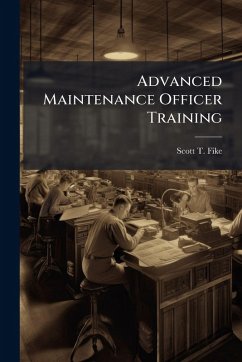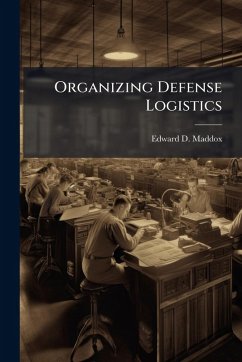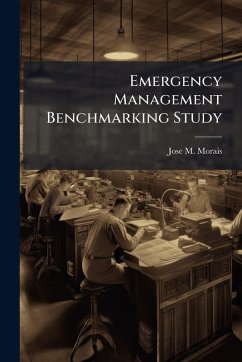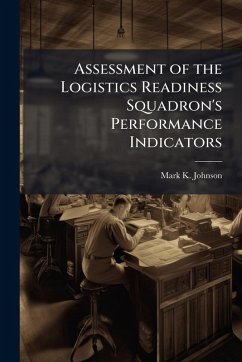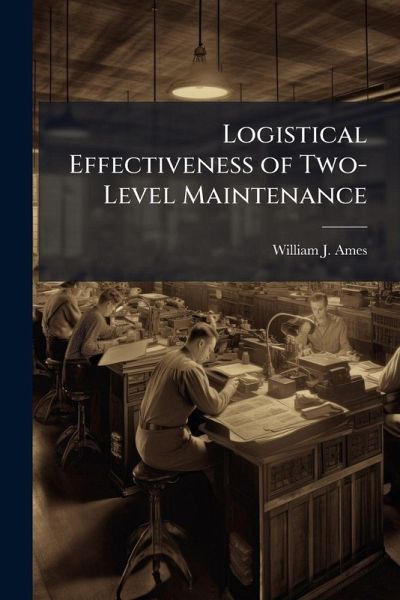
Logistical Effectiveness of Two-Level Maintenance
Versandkostenfrei!
Versandfertig in über 4 Wochen
14,99 €
inkl. MwSt.
Weitere Ausgaben:

PAYBACK Punkte
7 °P sammeln!
The Secretary of Defense tasked the Air Force to reduce its mobility footprint in support of contingency operations. Reduced budgets, force structure, equipment, and infrastructure forced the Air Force to reevaluate its logistical structure. Specifically, the logistics community had to find a better way to move thousands of personnel and equipment to support our expeditionary aerospace forces. The result of these efforts was a new concept in logistical support. Lean Logistics and its principal concept, Two-Level Maintenance (TLM), sought to shrink the mobility footprint by drastically reducing...
The Secretary of Defense tasked the Air Force to reduce its mobility footprint in support of contingency operations. Reduced budgets, force structure, equipment, and infrastructure forced the Air Force to reevaluate its logistical structure. Specifically, the logistics community had to find a better way to move thousands of personnel and equipment to support our expeditionary aerospace forces. The result of these efforts was a new concept in logistical support. Lean Logistics and its principal concept, Two-Level Maintenance (TLM), sought to shrink the mobility footprint by drastically reducing base intermediate-level repair and establishing a leaner two-level repair process. TLM promised to reduce the logistical infrastructure, produce significant savings and manpower costs, and increase survivability during contingency operations. A closer analysis of TLM shows that it did not achieve the full measure of the intended benefits. The projected net savings for implementing TLM did not materialize because of unexpected cost overruns. This work has been selected by scholars as being culturally important, and is part of the knowledge base of civilization as we know it. This work was reproduced from the original artifact, and remains as true to the original work as possible. Therefore, you will see the original copyright references, library stamps (as most of these works have been housed in our most important libraries around the world), and other notations in the work. This work is in the public domain in the United States of America, and possibly other nations. Within the United States, you may freely copy and distribute this work, as no entity (individual or corporate) has a copyright on the body of the work. As a reproduction of a historical artifact, this work may contain missing or blurred pages, poor pictures, errant marks, etc. Scholars believe, and we concur, that this work is important enough to be preserved, reproduced, and made generally available to the public. We appreciate your support of the preservation process, and thank you for being an important part of keeping this knowledge alive and relevant.





